| |
|
Dark Mystique of French Foreign
Legion |
|
The
Stuff of Legends
An Elite Force that takes in 'People from All Over
the World'
It Erases their 'Troubled Pasts' and asks them to 'Fight to the Death'
All For a Country that Is Not Their Own |
| Established in 1831, the crack corps was set up as a unit for
foreign volunteers who could change their identities and turn a page on
their past by fighting the enemies of France. Those who knock on the
door of the elite force (aged 17 to 40) often have troubled pasts and
are searching for redemption, for a second chance, or simply for a life
of adventure. Thousands of potential recruits knock on the door of the
French Foreign Legion every year, hoping to join a 6,800-strong force
that has fought for France for close to two centuries in conflicts the
world over. The Legion is one of the best armed forces on Earth. The
Foreign Legion is a legend. It's a school of life. |
|
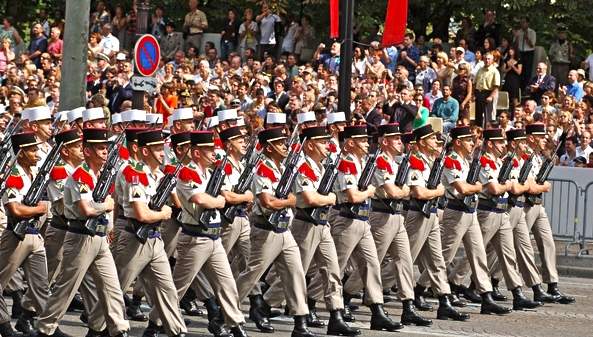 |
The Legion only accepts one in eight applicants. You've got to earn
it! The law allows the Legion to take in illegal migrants. But the
Legion needs to be able to identify them, and then there is a whole host
of checks.
It used to be that wanted criminals could find solace at the Legion,
hiding under the white, flat-topped military hat, known as the Kepi,
that has come to embody the force. But those who committed murders, sex
crimes or were involved in drug trafficking are now off-limits. When it
comes to smaller offenses, it depends. |
Fort de Nogent near Paris is one of the Legion's two selection
centers. Before anyone is accepted, the Legion's investigators meticulously
go over a candidate's past and sometimes even enroll the help of the
international police agency called Interpol.
"Sometimes they tell us: 'That one, out.' They don't say why and we
don't ask." the Legion states. |
|
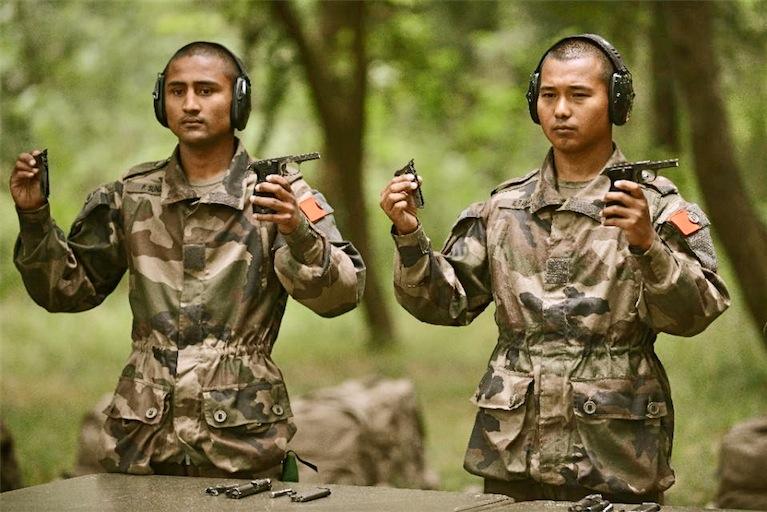 |
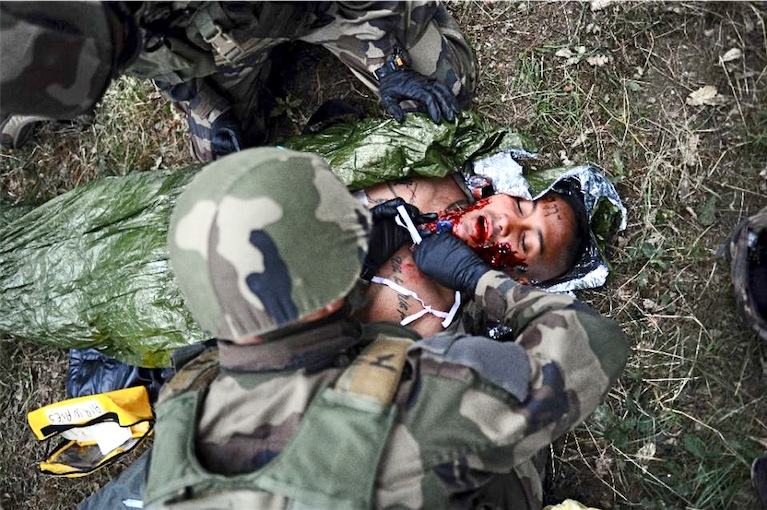 |
After the initial, week-long selection, wannabe legionnaires are
sent to Aubagne in the southeast for more tests, and then they move to a
base near the southern town of Castelnaudary where they undergo 16 weeks
of gruelling training. This begins with a largely sleepless month in an
isolated farm, where the candidates are closed off from the outside
world.
They are put into a system that will shatter everything from their past
life, and overcome all differences in nationalities. The month ends with
a long, arduous march come rain or shine, at the end of which they
formally enter the Legion and are given the coveted Kepi. "The French
flag becomes your flag," the general who supervises the cap-giving
ceremony, tells new recruits.
Three more months of training, and the soldiers are ready to go. Most of
those who join, though, do not speak French. Within 16 weeks, they must
know 500 words of French.
The legionnaire can get French nationality after five years of service,
and less if he is injured. "I feel that the best thing in the Legion is
to give someone the possibility to become French by shedding his blood,"
says the commandant. |
|
 |
|
 |
|
King Louis-Phillipe of France |
|
King Charles X of France |
Europe |
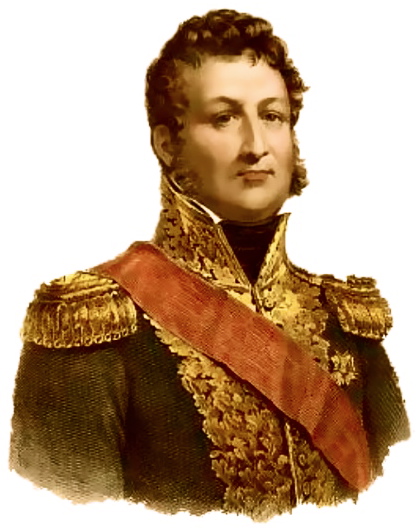 |
July 1830: King Charles X of France signed into law a
series of decrees known as the 'July Ordinances' in order to reestablish
an Absolute Monarchy to destroy a radical elected government. The
ordinances suspended the freedom of the press, dissolved the elected
legislature and disenfranchised the upper class.
Within three days a popular insurrection had removed Charles from the
throne. Eventually Louis-Phillipe, the duc d'Orléans, took the throne as
a constitutional monarch having established his egalitarian credentials
during the earlier French Revolution. Under the new constitution, only
French nationals could serve in the army. Nevertheless, there were many
foreigners still in France: those attracted by the promise of the
earlier revolutions and former foreign soldier's in Napoleon's Grande
Armée.
March 10th, 1831: King Louis-Phillipe established the French Foreign
Legion to enable these foreigners to fight to achieve France's
colonial ambitions in Algeria, which had proved to be an unpopular
posting with French soldiers. The Legion remained outside the regular
French army, thus circumventing the constitutional ban on foreign
soldiers, although French citizens (especially those considered to be
disruptive influences) were also encouraged to join.In the early
days, Foreign Legion officers did little or no background checking,
which made the Foreign Legion attractive to criminals, vagrants and
other social outcasts. |
|
King Louis-Phillipe of France |
The French Foreign Legion was, and is, a French military elite unit. |
| The Foreign Legion was originally based in Algeria, North Africa,
and Algeria became the Foreign Legion's long standing home. The French
Foreign Legion had its baptism of fire in what would become their home
base: Algeria, during the French conquest of this African territory,
which took place from 1830 to 1847. |
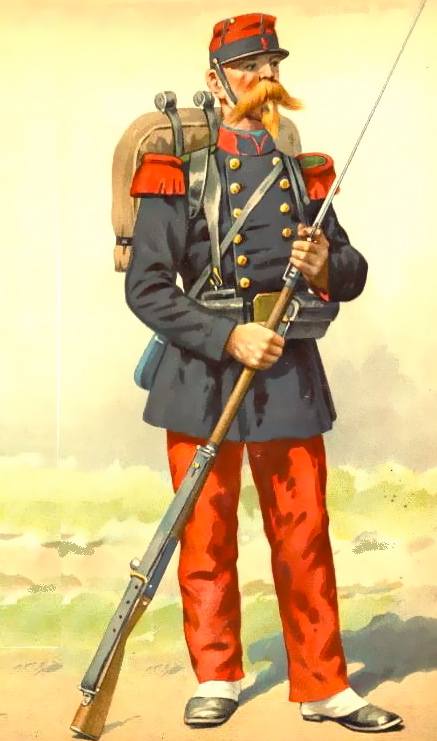 |
It also participated in the Spanish Carlist War
(1833-1839), a civil war in Spain, where the 4,000 man regiment sent
there to fight for Isabella's claim to the Spanish throne was severely
depleted, with only 450 men surviving. Next, the Legion saw action in
the Crimean War, participating in the Battle of Alma (1854) and the
Siege of Sevastopol (1854-1855).
During the French intervention in Mexico (1863-1867), the unit lost a
whole regiment fighting against an overwhelming number of Mexicans.
Its legend grew apace after that action at Camerone, in Mexico, in April
1863, when the column of legionnaires fought to the last man against
vastly superior Mexican forces, in support of a grotesque and doomed
French imperial venture. The wooden hand of the column’s slain
commander, Captaine Jean Danjou, remains today the most treasured relic
in the Legion’s museum at Aubagne in southern France.
During the succeeding century and a half, the regiment fought
innumerable colonial battles, some in Indochina and Madagascar, but most
in Algeria and Morocco. North Africa forged the indelible popular image
of leathery soldiers of fortune in white kepis and blue tunics defending
the crenellated walls of white stone forts against howling Berber
tribesmen.The first time in which the French Foreign Legion fought
for France, in France, was in the Franco-Prussian War (1870–1871)
against the Prussian Army. They were sent to lift the Siege of Paris by
breaking through the German lines. Although they succeeded in re-taking
the city of Orleans, they failed to break the siege and France lost the
war since the French Imperial Army had already surrendered.
The next theater of operation in which the Foreign Legion took part was
Indochina during the Sino-French War (1883-1888), with their men being
deployed in every major campaign.
With the outbreak of World War I (1914-1918), the Foreign Legion came
back to the continent to fight for France, in France again. It
participated in the Battle of Aisne, the Battle of the Somme, and the
Battle of Verdun. |
| But the participation of the Foreign Legion in World War II was not
important or decisive after the German invasion of France in 1940.
Loyalties were divided among the Foreign Legion. Some joined the Free
French Movement while another part served with the Vichy Government
Army. At the battle in the Syria-Lebanon campaign of June 1941,
legionnaire fought against legionnaire, when the 13th Demi-Brigade
clashed with the 6th Régiment Etranger d’Infanterie at Damas in Syria. |
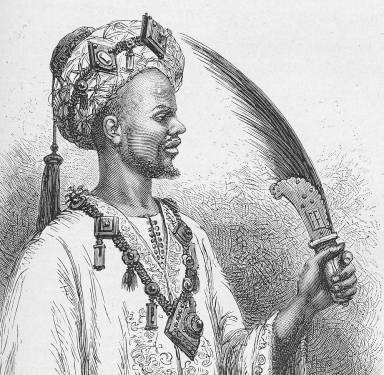 |
After World War II, with many former Waffen-SS soldiers among their
troops, the Foreign Legion was shipped to Asia to fight in the
French-Indochina War (1946-1954) against the Viet Minh, led by Ho Chi
Minh. In this armed conflict, the Legion kept its tradition of fighting
tenaciously, with whole units being depleted or wiped out, especially
during the Battle of Dien Bien Phu in 1954.
Since Algeria, where the Legion was involved in the torture and other
barbarities that severely tarnished the reputation of the French army,
it has evolved into a rapid reaction force, deployed in a succession of
African states where French national interests have been deemed to be at
stake. These included Chad in 1969, Kolwezi in 1978, and Dijbouti from
the 1970s onward.
 |
|
Samory Toure - Leader Last Major
Resistance in Sudan |
Foreign Legion - MAS 49/56
Semi-automatic Rifle |
| From 1991 to 2011 - Aside from their sporadic incursions in African
countries, the French Foreign Legion saw action in the Gulf War (1991),
Sarajevo (1993), Kosovo (1999), and Afghanistan in Operation Enduring
Freedom (2001-2011). |
|
The French Foreign Legion was formed
in 1831 as a Colonial Fighting Force
It differed from Mercenary Units raised by the British only in
that its Recruits were European rather than African or Asian |
|
The French Foreign Legion eventually
gained the reputation:
"World’s Premier Mercenary Force" |
|
Foreign Legion in Algeria (circa . . . 1832) |
Foreign Legion . . . circa 1840 |
|
Foreign Legion . . . circa 1852 |
|
Foreign Legion in Italy (circa . . . 1859) |
|
Foreign Legion in Mexico . . . circa 1862-1867 |
|
Foreign Legion in Algeria early 1880's (left to
right)
Legionnaire (Campaign Attire) - Legionnaire (Marching Dress) - Corporal
(Summer Barracks Clkothing) |
|
Foreign Legion . . . circa late 19th Century |
|
Foreign Legion in Morocco . . . circa 1908 |
|
Foreign Legion . . . circa 1915 to 1930 |
|
Foreign Legion in Indochina . . . circa 1946-1954 |
|
Foreign Legion in French Indochina War . . . circa
1953 (Parachutist Operation Castor) |
|
Foreign Legion in Algeria . . . circa
1950s/1960s |
|
Foreign Legion in Algeria . . . circa late 1950s |
|
The Mystique of the Adventure
Seeking Foreign Legion
Enshrined in Hollywood Movies such as "Beau Geste" and "March or Die" |
|
Beau Geste - 1939 |
Foreign Legion - 1928 |
March or Die - 1977 |
Percival Christopher Wren (1885-1941) was born in Devonshire,
England. Wren joined the military and was posted to exotic corners
of the world for several years. He wound up in India where he joined the
Poona Volunteer Rifles, as a captain. His biographers report he also
spent five years as a member of the French Foreign Legion.
P. C. Wren wrote several books about the Foreign Legion. The most famous
of these is "Beau Geste" (1924), which was an enormous success. Wren
wrote three additional Foreign Legion books about the three Geste
brothers from 1926 to 1929. Wren further wrote other Foreign Legion
centered fictional novels, including; "Action and Passion" (1933),
"Flawed Blades: Tales of the Foreign Legion" (1933), "Sinbad the
Soldier" (1935), and "Fort in the Jungle" (1936).
Wren's stories about the Foreign Legion exude an authenticity about life
in that strange volunteer army of anonymous misfits, criminals and
adventurers, who suffered and fought under horrific conditions. Written
in a very different period, the stories display a lack of political
correctness.
P. C. Wren very much started a genre and the Foreign Legion became the
rage in the 1920s and 1930s. And beyond. |
|
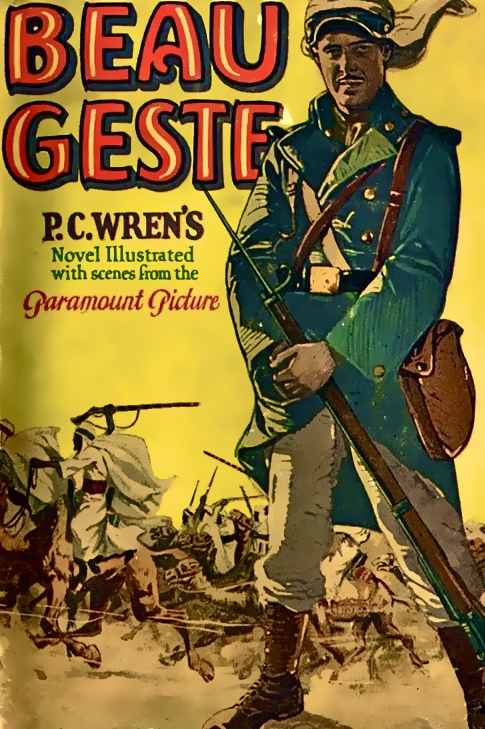 |
.jpg) |
|
Beau Geste Book
Paramount Silent Film (1926) Tie-in |
Beau Geste Movie (1939) Legion Fort |
|
Books by P. C. Wren (below) |
|
Magazines - Popular Fiction Pulps
(below) |
|
The Foreign Legion had it's own Popular Fiction
Magazine |
|
There are Countless Examples of the
Popularity of the Mystique of the French Foreign Legion
These Range from the Early Twentieth Century Onward
'Pulp' Magazine Cover Artwork . . . of the early to mid 20th Century
Often this Art can be Characterized as a Style which Captures "Action Frozen in
Time" |
|
|
Circa . . . January 1928 |
|
Circa . . . October 31st, 1914 |
|
Short Stories, Novels and Serials
The Foreign Legion was a Rich Harvest for
Adventure and Intrigue
Argosy Magazine |
|
Argosy Men's Magazine - Featured many
Foreign Legion Stories over the Decades |
|
Adventure Men's Magazine - Another Regular Outlet
for this Genre |
|
1960's Men's Magazines
The Foreign Legion Trend Continued with even more
Lurid and Sadistic Themes
(Below) |
|
Stag Magazine - November 1960 |
|
Foreign Legion Wine
Bottled by Legionnaire Veterans (Today) |
Beau Geste
Vintage Songbook (Silent Movie Era) |
|